
8 Of the Best Nonfiction Books About The Senses
There is a huge array of books about the senses for kids, and chances are that we read a lot of these books when we were little. The five human senses are also one of the subjects of our earliest science lessons. But as we grow up among the rich sensory experiences that the world has to offer, the mechanisms that enable us to access these experiences fade into the background — unless they are part of a very specific area of study or profession that we choose for ourselves.
The ways in which we process different types of stimuli can be as fascinating as the experiences themselves. A knowledge of how the human senses operate — and the effects of biological, genetic, environmental, and cultural factors on them — opens our eyes to the individuality and fragility of our sensory perceptions, helping us develop a deeper appreciation of the wonders of the world around us. Here is a list of eight books that demystify the human senses and give their readers new ways of looking at the world.
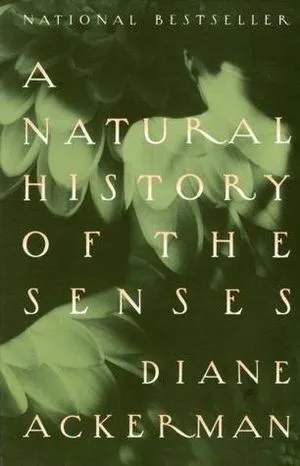
A Natural History of the Senses by Diane Ackerman
If you are looking for a tour of all the major senses in one book, this is the one to pick up. Diane Ackerman takes her readers on a journey, across time and to far corners of the world, to explore how we perceive and interact with the world around us. The writing is lush and evocative, as is expected from a book about sensory experiences, and the book is a treat even when read in small snippets.
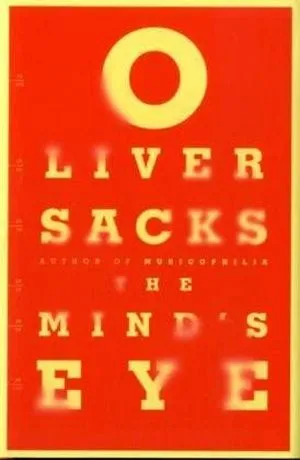
The Mind’s Eye by Oliver Sacks
In this book, pioneering neurologist and author Oliver Sacks delves deep into the ways in which we perceive, and interpret, the visual world. He weaves the science of seeing with his own experience of cancer, and that of other people coping with loss of vision, into a compelling and intimate narrative.
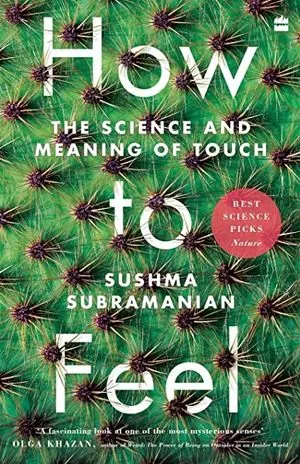
How to Feel: The Science and Meaning of Touch by Sushma Subramanian
This book is an exploration of the sense of touch — a vital means of our communication with the world around us, but one that has been sidelined as humanity assigned more importance to the cerebral world than the corporeal one. It combines discourse on the physiology of touch with personal experiences and interviews, and it examines the significance of the sense of touch in an increasingly digitized world.
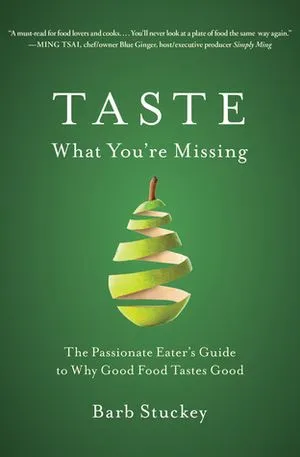
Taste What You’re Missing: The Passionate Eater’s Guide to Why Good Food Tastes Good by Barb Stuckey
This book is a fascinating deep dive into the science of taste. Stuckey tells her readers how the different senses work together to create our perception of taste, and how variations in biology and genetics make this perception unique. If you have ever wondered how we have such varied responses to the same type of food, this book is for you.
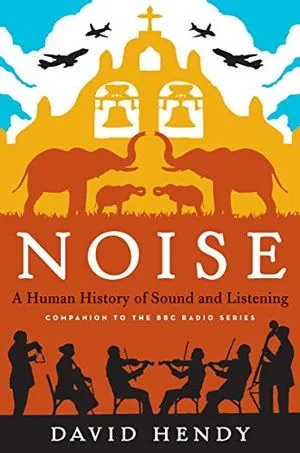
Noise: A Human History of Sound and Listening by David Hendy
From drumbeats in a prehistoric cave to the cacophony of modern life — historian David Hendy looks at 100,000 years of history to explore the role that sound and listening had to play in the evolution of our civilization. With its engaging prose and interesting insights, this book will give you a true taste (sound?) of what it would have felt like to live in the past.
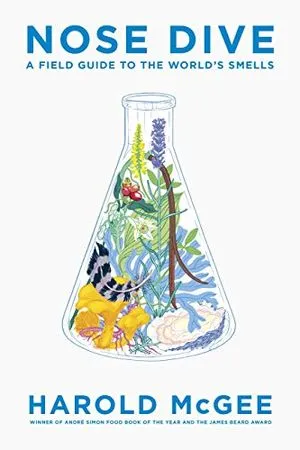
Nose Dive: A Field Guide to the World’s Smells by Harold McGee
In this book, Harold McGee will take you on an olfactory world tour, where you will meet smells mesmerizing, malodorous, and mundane. It also provides an accessible introduction to the chemistry and biology of odors and the way we process olfactory stimuli.
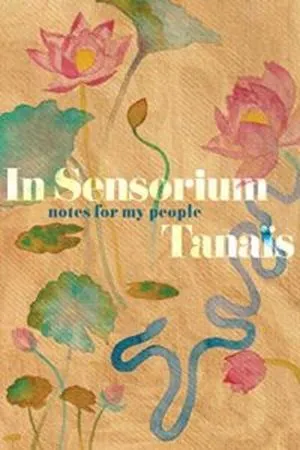
In Sensorium: Notes for my People by Tanaïs
This memoir by Bangladeshi American author Tanaïs is structured like a perfume, with base, head, and heart notes. The book is an exploration of the author’s personal history, and the cultural history of fragrances in the South Asian context, interwoven with an examination of social hierarchies like race, caste and gender. Sensorial and beautifully written, it is a must read.
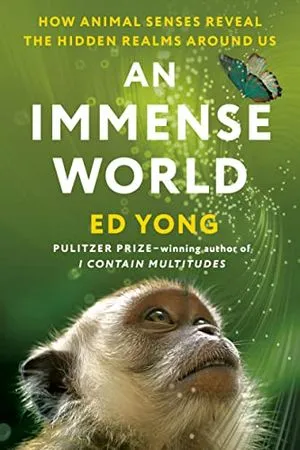
An Immense World by Ed Yong
This book is essential reading to truly grasp the narrowness of our anthropocentric worldview. Through a wide exploration of the unique ways in which animal senses decode the world, Ed Yong shows his readers how much of the world still remains beyond our grasp. I thoroughly enjoyed the author’s earlier work I Contain Multitudes, and this one was equally engrossing and fascinating. For a more specific look into the sensory world of dogs, the animals that probably live in closest contact with us, I also recommend Alexandra Horowitz’s Inside of a Dog.
Can’t get enough of popular science books? Check out our nonfiction archives for more recommendations. We also have a reading list for fragrance lovers!











